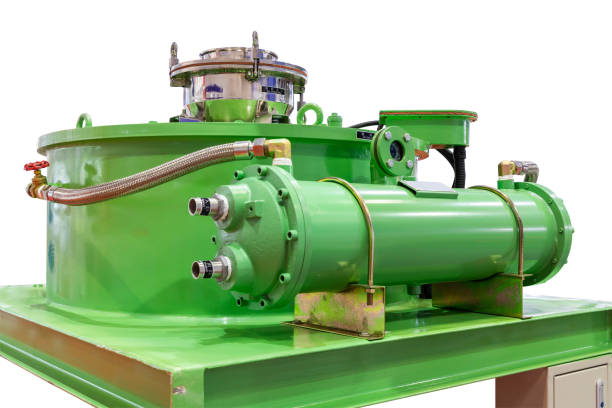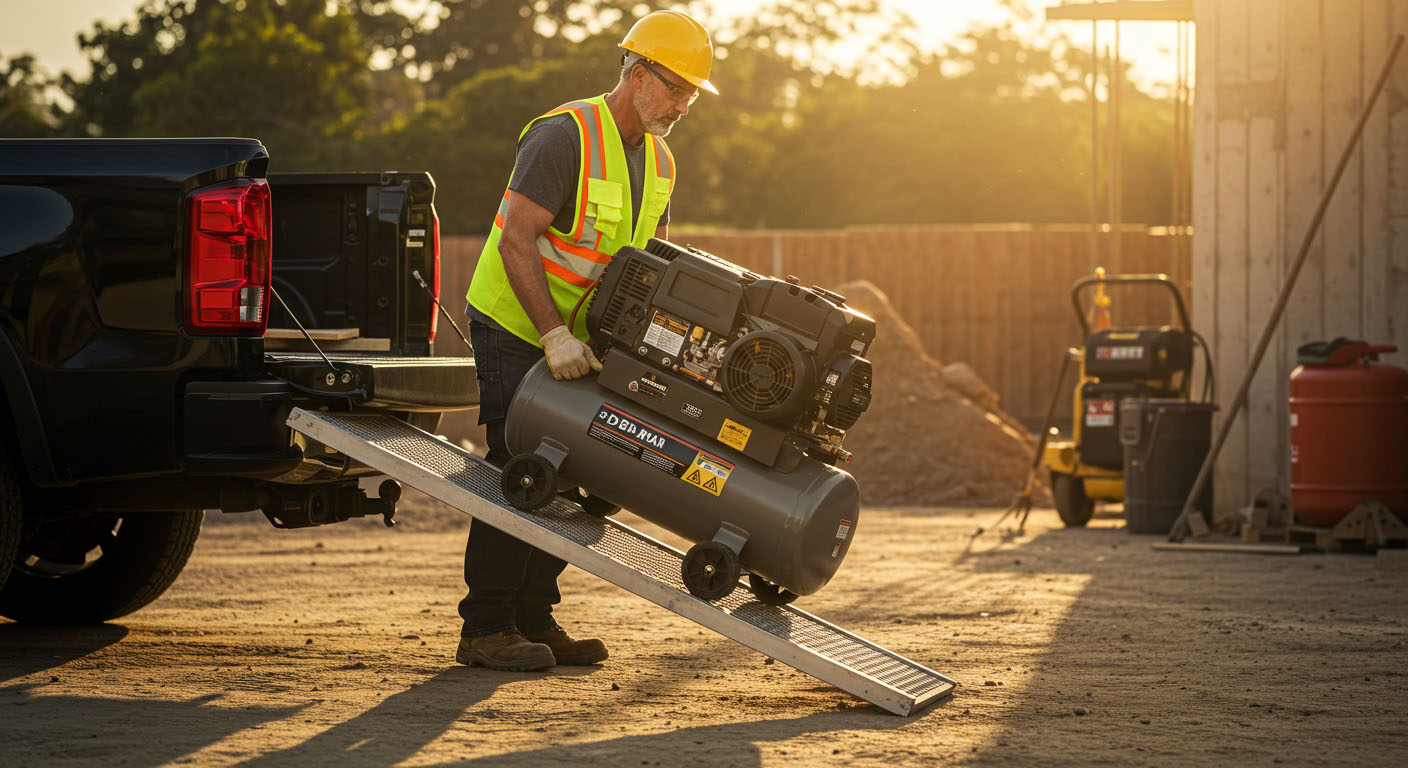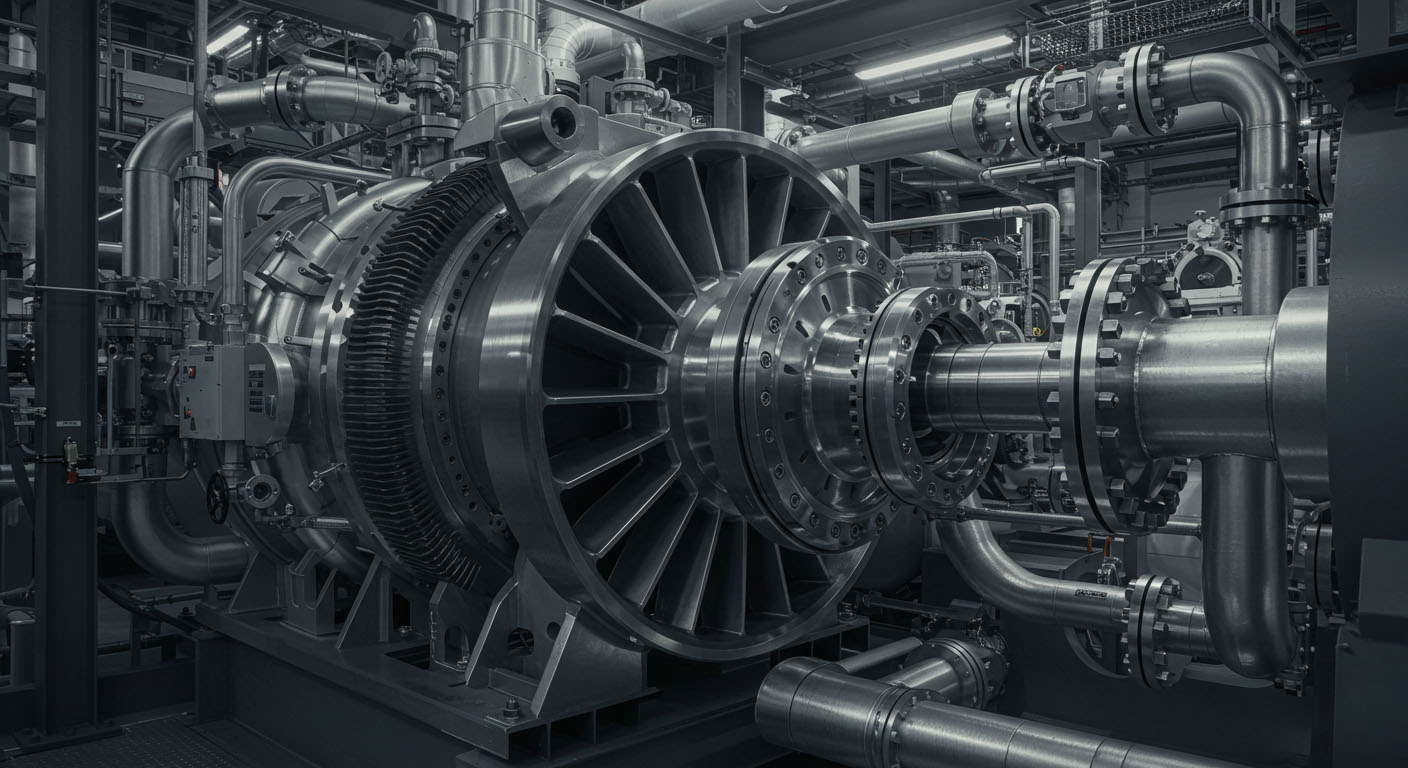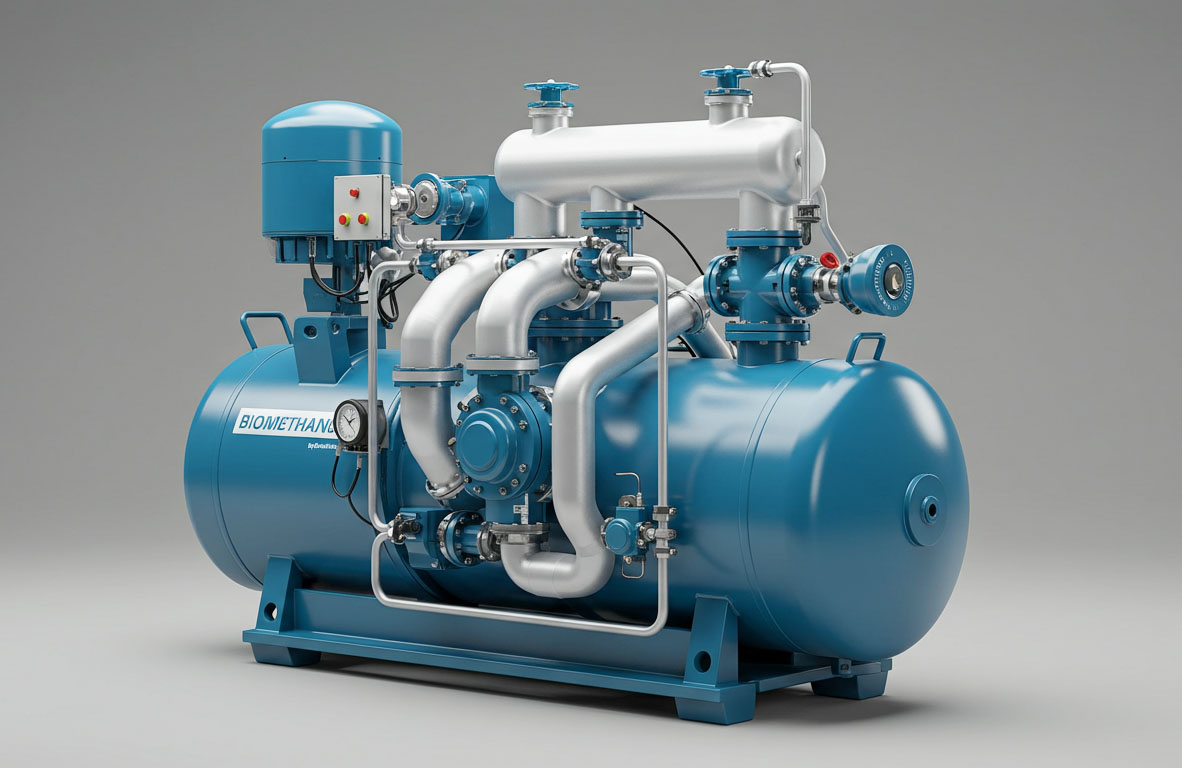A Guide: Piston Movement Compresses Air in This Type of Air Compressor
Understanding Piston Air Compressors:
In many sectors, the humble Piston Movement Compresses Air in This Type of Air Compressor is a workhorse. These devices are essential for producing compressed air, used in anything from filling tires at your neighborhood gas station to powering pneumatic tools in the construction industry. However, precisely how does compressed air convert into piston movement? An in-depth discussion of the mechanics, features, and uses of piston compressors is provided in this article.
The Heart of the Machine: Piston Movement and Positive Displacement:
The fundamental idea of a piston compressor is positive displacement. In contrast to other compressor types that employ velocity to raise pressure, piston compressors compress air by trapping it inside a moving piston inside a cylinder. This is how the procedure is broken down:
- Intake Stroke:
During the intake stroke, the cylinder’s piston descends, expanding the chamber’s capacity. In doing so, a low-pressure area is created, allowing air to enter via an intake valve.
- Compression Stroke:
The chamber capacity is decreased as the piston rises in the cylinder. The trapped air is forced to condense when the escape route closes (the inlet valve shuts). The cylinder’s internal pressure increases.
- Discharge Stroke:
The pressurized air exits the cylinder and enters a storage tank when a discharge valve opens in response to the air reaching the required pressure.
- Exhaust Stroke:
Before the subsequent intake cycle starts, the piston descends once again, expelling any residual air in the cylinder.
The fundamental process by which piston compressors generate air pressure is the piston’s reciprocating motion, which is propelled by a crankshaft.
Beyond the Basics: Single-Acting vs. Double-Acting Compressors
There are two primary types of piston compressors: single-acting and double-acting.
- In single-acting compressors, air pressure is created during the upward stroke by compressing just one side of the piston. The remaining air is merely forced out by the downward stroke. Usually, these compressors are simpler and smaller.
- Compressors with double action use both upward and downward strokes. Higher air output and efficiency are possible with this design as opposed to single-acting devices. They are frequently employed in commercial settings.
Piston Movement Compresses Air in This Type of Air Compressor: Applications Where They Shine?
The humble Piston Movement Compresses Air in This Type of Air Compressor is incredibly powerful, able to power a wide range of operations in many sectors. Here’s a sample of the ways that piston compressors are used in different applications:
- Assembly Line Efficiency:
Pneumatic equipment such as wrenches, screwdrivers, and riveters are powered by piston compressors, which provide a smooth and quick assembly process. This keeps production lines buzzing with activity.
- Painting Perfection:
Piston compressors supply the pressurized air required for spray guns, guaranteeing a perfect finish on everything from delicate auto bodywork to extensive industrial painting.
- Automation Advantage:
Compressed air is necessary for the operation of many automated equipment components. These automated systems rely heavily on piston compressors to function properly.
- Building the Bones:
Compressed air from piston compressors powers staplers and nail guns, two crucial instruments for framing and building that speed up construction workflows.
- Demolition Domination:
Pneumatic breakers and hammers, which are employed in controlled demolition operations, depend on the powerful compressed air explosions produced by piston compressors.
- Concrete Caress:
Sandblasting is a surface preparation and cleaning method that efficiently removes paint, corrosion, and other contaminants by using pressurized air from piston compressors.

Beyond the Big Leagues:
- Automotive Aid:
Piston compressors are a necessary component of every auto repair business, keeping cars in good operating order for anything from inflating tires to powering impact wrenches for lug nut removal.
- DIY Delight:
Using air-powered equipment, such as staple guns and nail guns, is common while working on home improvement projects. The pressurized air required for these jobs is provided by a portable piston compressor, enabling do-it-yourselfers to take on a variety of chores.
The Advantages of Piston Air Compressors:
The workhorses of innumerable industries, piston air compressors use the simple action of a piston to produce compressed air. But why are they such a well-liked option? Here are some of the main advantages:
- Versatility:
A multitude of uses for compressed air are fulfilled by piston compressors. Their versatility is unsurpassed since they can power anything from nail guns and spray guns to inflating tires and running automated machinery.
- Durability:
Piston compressors are renowned for their lengthy lifespan since they are made to tolerate harsh conditions. Reliable operation is ensured for many years to come with routine maintenance.
- Cost-Effectiveness:
Piston compressors are often less expensive than other types of compressors. They are therefore an affordable choice for a range of consumers.
- Simplicity:
Piston compressors are very simple to comprehend and operate due to their fundamental construction. Oil changes are one of those simple maintenance procedures.
- High-Pressure Capability:
Because piston compressors can produce compressed air at high pressures, they are perfect for uses that call for a lot of force, such as pneumatic wrenches or sandblasters.
Finding Your Perfect Match: Choosing the Right Piston Movement Compresses Air in This Type of Air Compressor:
Three important considerations need to be taken into account when choosing the best piston compressor for your needs: maintenance, mobility, and capacity. Here’s how to locate the ideal fit:
- CFM:
It is a unit of measurement used to express airflow capacity, which establishes the maximum air volume that a compressor can produce.
- High-Demand Tasks:
Give a higher CFM rating priority if you want to power machines that demand constant air flow, such as sandblasters.
- Light-Duty Use:
A lower CFM compressor could be enough for jobs that call for quick air bursts, including occasionally utilizing nail guns or inflating tires.
Why Portability Is Important?
For tasks at different sites, use a lightweight, portable compressor. These are perfect for roadside assistance, restoration tasks, and building sites.
- Stationary Powerhouse:
A stationary compressor has a higher capacity and frequently has features like automated shut-off and bigger storage tanks. It is ideal for workshop applications that need constant airflow.
Thoughts on Maintenance:
- Oil-Lubricated Power:
In general, oil-lubricated compressors are more durable and perform better. They increase the requirement for maintenance, though, because they need frequent oil changes.
- Oil-Free Convenience:
Because they don’t require oil changes, oil-free compressors are more user-friendly. On the other hand, in comparison to oil-lubricated devices, they could be less efficient overall and have shorter lifespans.
Maintenance tips for optimal Piston Movement Compresses Air in This Type of Air Compressor performance:
Like any other labour-intensive device, your piston compressor works best with a little care. The following are some crucial upkeep procedures to guarantee lifespan and optimal performance:
- Empty the Condensate:
As a result of air compression, moisture naturally builds up in the compressed air tank. Rust and corrosion inside the tank may be avoided by routinely emptying this condensate, usually via a valve located at the bottom of the tank. Think of noting how often you need to drain the condensate depending on your climate (more often in humid places).
- Attention to the Air Filter:
By capturing dust and particles before they reach the system, the air filter protects the compressor. Airflow is restricted and efficiency is decreased by a blocked filter. To guarantee smooth functioning, clean or change the air filter regularly according to the manufacturer’s recommendations.
- Checks on the Safety Valve:
The safety valve keeps the compressor from running over its safe working pressure by serving as a pressure-release device. Schedule periodic inspections (as per the manual) to ensure the safety valve functions properly. A broken valve might result in hazardous circumstances.
- Cooling Maintenance:
While operating, piston compressors produce heat. To avoid overheating, which might harm internal components, proper ventilation is essential. A well-ventilated room is essential for the compressor to function properly, and air intake and exhaust vents should not be obstructed.
- Visual Inspection:
Check your compressor regularly for apparent damage, loose connections, or leaks. By taking quick action, these concerns may be avoided before they become more serious and require extensive repairs.
Beyond the Basics:
Take into consideration putting a link to an independent page on your website that offers an extensive manual on piston compressor maintenance, complete with illustrated steps for particular jobs. This all-inclusive method serves customers who want to learn more about compressor maintenance.
You can make sure your piston compressor performs dependably for many years to come by adhering to these easy maintenance procedures. Recall that a well-maintained compressor is not only efficient but also a safe investment
Conclusion:
Knowing how these workhorses operate will enable you to make well-informed judgments on the compressed air requirements. When it comes to dependable and effective piston compressor solutions, LEIYAO Compressor is your go-to source. We provide an extensive selection of piston compressors made to satisfy the different needs of different sectors. Check out our selection of piston compressors by contacting LEIYAO today!”


